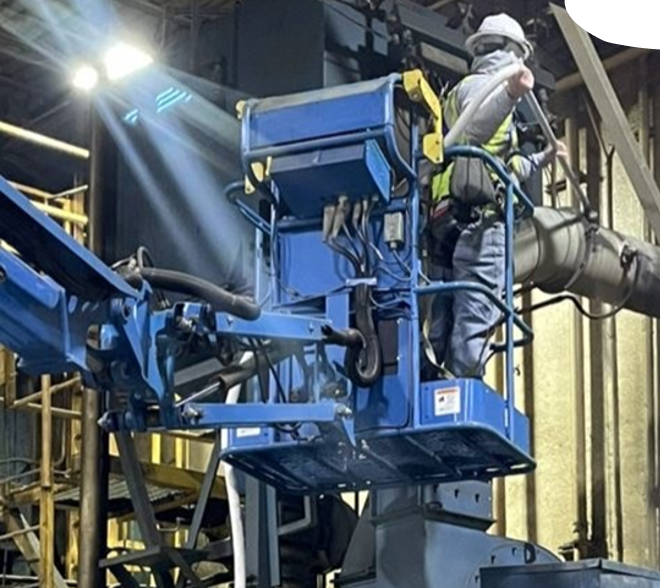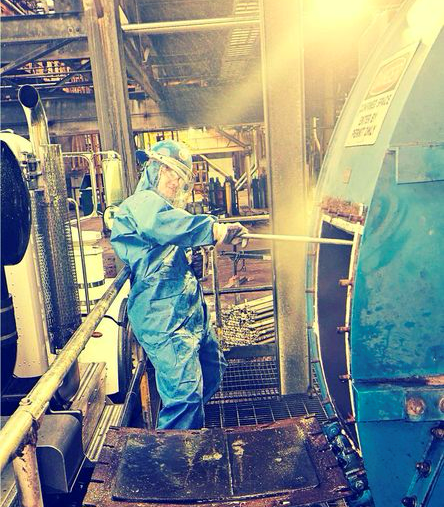Vacuuming Solids: Key Insights
Industrial cleaning isn’t always about liquids. Sometimes it’s about heavy, stubborn solids, sludge, sand, gravel, powders that demand precision, power, and skill. That’s where vacuum trucks come in. They’re not just machines; they’re the heartbeat of modern industrial cleanup.
Understanding What Vac Trucks Can Do
At first glance, a vacuum truck looks simple. A massive tank, long hoses, loud motors. But inside that system lies an intricate combination of suction power, filtration, and pressure differentials designed to handle everything from fine dust to wet debris.
These trucks can vacuum, transport, and offload solids, semi-solids, and liquids safely and efficiently. Some even handle hazardous materials. The secret is knowing what kind of material you’re dealing with and matching it with the right vacuum configuration.
Did You Know? Industrial vac trucks can generate up to 28 inches of mercury (Hg) in vacuum pressure—enough suction to lift dense slurries and even compacted soil when configured correctly.
Not All Materials Behave the Same
Powders flow differently than sludge. Granular solids may clog hoses if moisture content changes. Each job requires different designs, hose lengths, and filtration systems. Experienced operators adjust these variables constantly, reading material flow by sound and resistance through the hose.
Pro Tip: When handling dry materials, keep your hose runs as short and straight as possible. Every bend or vertical rise reduces suction efficiency and increases wear on the equipment.

The Art of Safe Material Handling
Safety comes first. Solids can carry unseen hazards—dust inhalation, chemical residue, even combustible properties. Before vacuuming, a proper hazard assessment determines what protective gear and containment systems are required.
Crews should always check for pressure buildup, inspect hoses for damage, and ensure grounding cables are secure to prevent static discharge. That level of awareness separates seasoned professionals from beginners.
Did You Know? Fine dust particles, when airborne, can become explosive in confined areas. Even food-grade powders like sugar or flour have caused industrial fires under the right conditions.
Choosing the Right Equipment
Vacuum trucks aren’t one-size-fits-all.
- Liquid Vac Units handle thin fluids and slurries.
- Dry Vac Units tackle powders, dust, or solid debris.
- Combination Units switch between both and are perfect for facilities with changing cleanup needs.
At First Environmental, teams use high-powered vacuum trucks with customizable setups to safely remove and transport a wide range of industrial materials—whether wet, dry, or hazardous.
Pro Tip: Always verify your provider’s vacuum capacity and disposal methods before starting a project. The wrong equipment or poor disposal process can turn a simple cleanup into a costly mess.
Efficiency Without Shortcuts
A well-run vacuum job saves time and prevents downtime, but rushing creates risk. The best operators maintain a rhythm—steady suction, measured progress, clear communication. They coordinate each move with spotters and supervisors to keep everyone safe.
When done right, solid vacuuming looks almost effortless. But it takes years of practice, attention to detail, and the right equipment to make it seem that way.
Handling industrial solids safely and efficiently requires more than horsepower—it requires expertise, precision, and a commitment to doing things the right way.
At First Environmental, our certified crews and advanced vac trucks handle every material with care, from fine powders to dense sludge. We keep your facility clean, compliant, and safe—every single time.
Contact us today to schedule vacuum truck services or request a custom cleanup plan for your facility.





